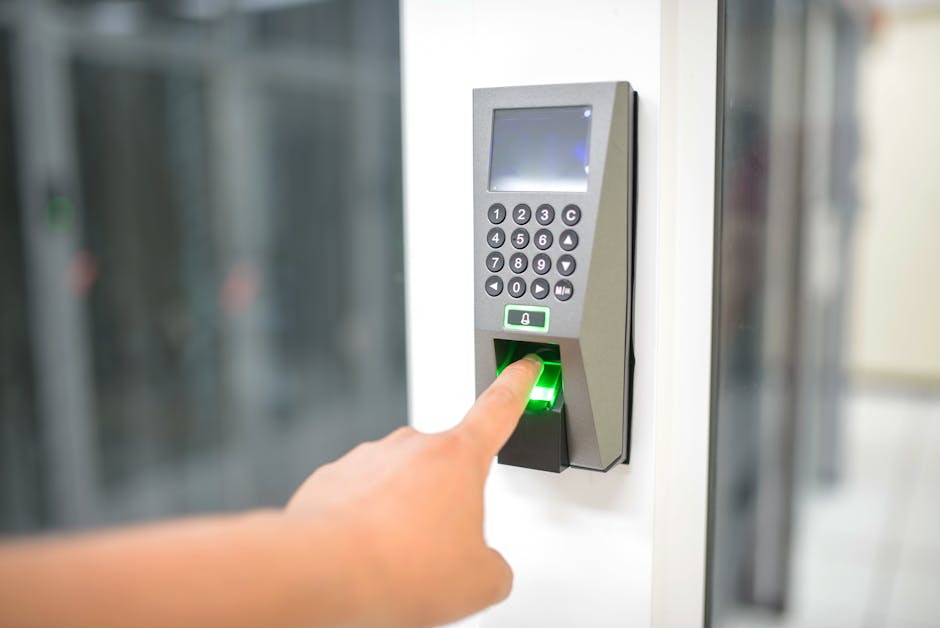
Accessibility is a fundamental aspect of creating inclusive environments for everyone, particularly for individuals with disabilities or mobility challenges. One of the most critical components of accessibility in any setting is the presence and design of doors. Ensuring that doors are accessible not only facilitates ease of movement but also enhances independence and dignity for those who may otherwise struggle with traditional door designs. This article explores essential door accessibility features, the types of accessible doors available for both homes and businesses, and the benefits these solutions provide.
Overview of Door Accessibility Features
Door accessibility features are designed to accommodate individuals who may have difficulty opening or passing through standard doors. These features can vary widely in complexity and style, but their primary purpose remains the same: to make entry and exit safe and straightforward for all users. Some common challenges faced by individuals with mobility issues include heavy doors, narrow door frames, and traditional doorknobs that require a strong grip. Addressing these challenges through thoughtful design can significantly increase accessibility.
Types of Accessible Doors for Homes and Businesses
There are several types of accessible doors that can be implemented in residential and commercial settings:
- Automatic Doors: These doors open automatically when someone approaches, typically using motion sensors. They are especially useful in high-traffic areas, such as shopping centers and hospitals, where ease of entry is essential.
- Wider Door Frames: Standard door frames may not accommodate wheelchairs or mobility aids. Wider frames allow for easier passage and are crucial in residential settings for individuals who require assistance or use mobility devices.
- Lever Handles: Traditional doorknobs can be difficult to grasp for individuals with limited hand strength or dexterity. Lever handles provide a more accessible option, allowing users to push down with their elbow or hand rather than requiring a grip.
- Sliding Doors: Sliding doors can be easier to operate than hinged doors, as they do not require as much force to open. They are a great option for spaces where mobility is a concern.
- Accessible Thresholds: The transition from one surface to another can pose challenges. Accessible thresholds reduce the height difference, making it easier for individuals to navigate through doorways.
Benefits of Installing Accessible Door Solutions
The advantages of implementing door accessibility features extend beyond compliance with regulations. Here are several key benefits:
- Enhanced Independence: Accessible doors empower individuals with disabilities by enabling them to enter and exit spaces without assistance, fostering a sense of independence.
- Increased Safety: Features such as automatic openers and wider frames help reduce the risk of accidents or injuries, as they minimize the effort required to navigate through doorways.
- Improved Inclusivity: By installing door accessibility features, businesses and homes demonstrate a commitment to inclusivity, making their environments welcoming for all individuals.
- Compliance with Accessibility Standards: Many regions have regulations in place that outline accessibility requirements. Installing these features ensures compliance with legal standards and helps avoid potential penalties.
- Future-Proofing Spaces: As populations age, the demand for accessible features will only increase. Investing in these solutions now ensures that spaces remain functional and welcoming for all users in the years to come.
In conclusion, door accessibility features play a vital role in enhancing the quality of life for individuals with disabilities and mobility challenges. By understanding the various types of accessible doors and the benefits they bring, property owners can make informed decisions that promote inclusivity and safety. For those looking to implement these features, consulting professionals who specialize in door accessibility solutions can provide valuable guidance and expertise. For more information about specific door accessibility features and solutions, you can explore resources available online.